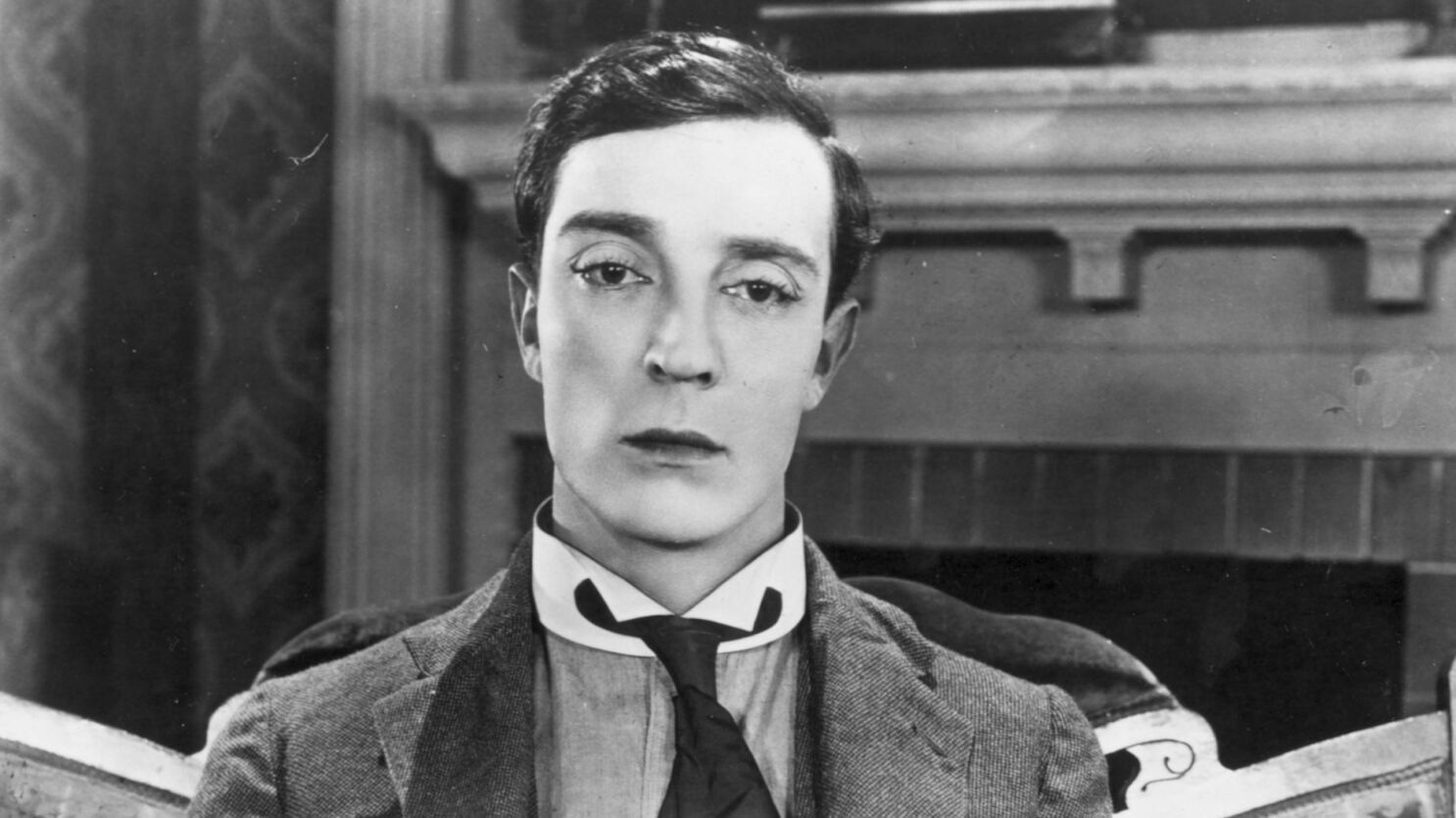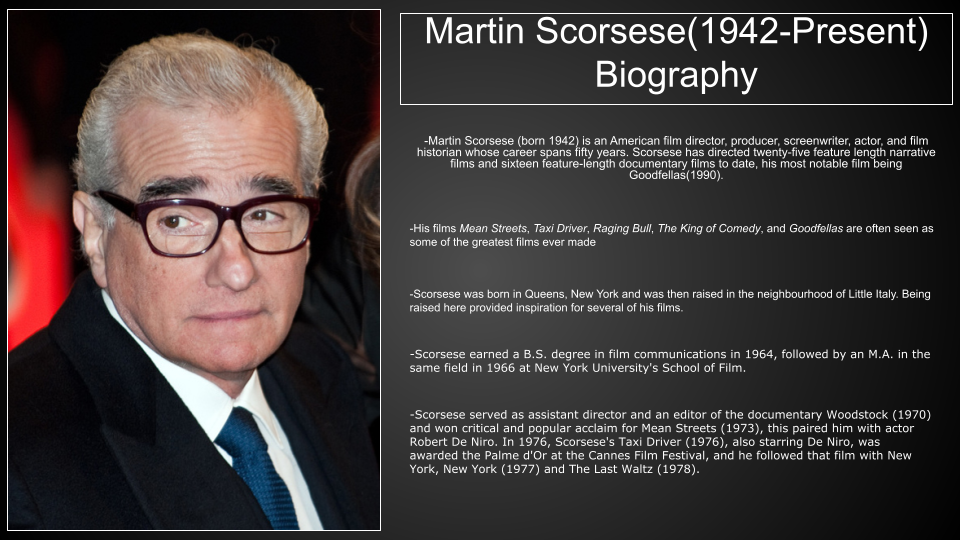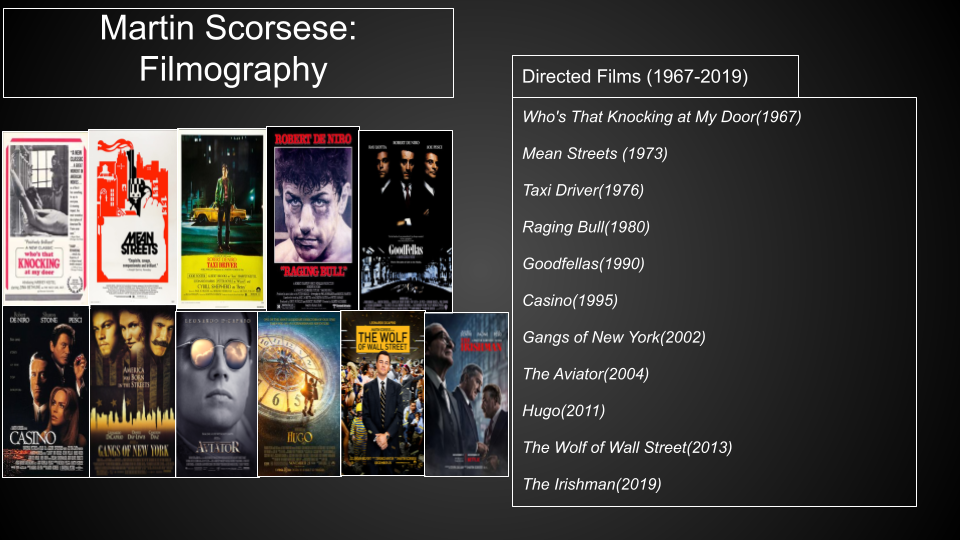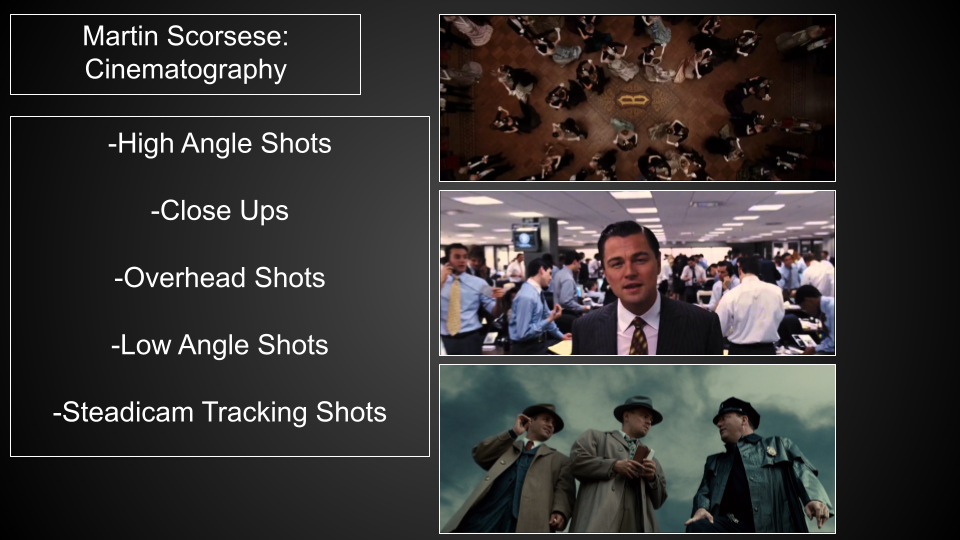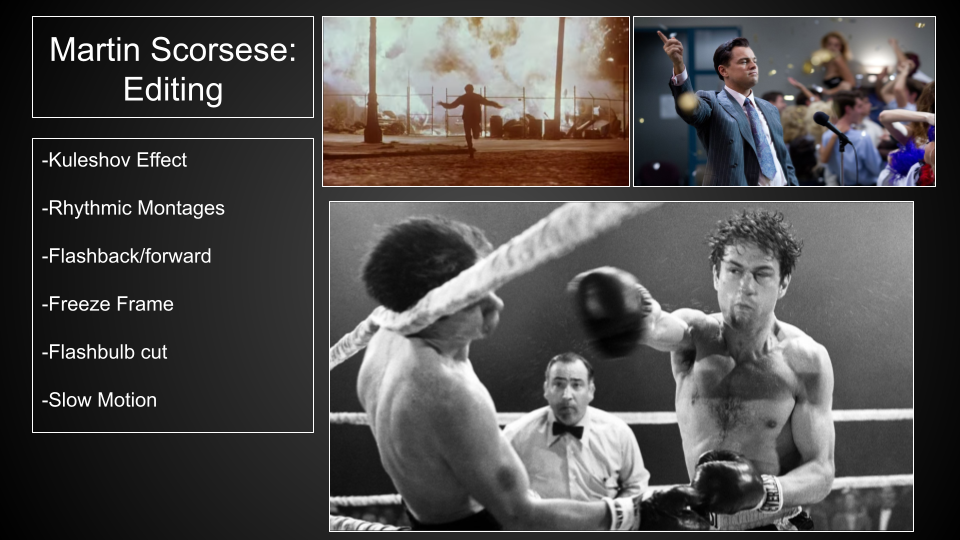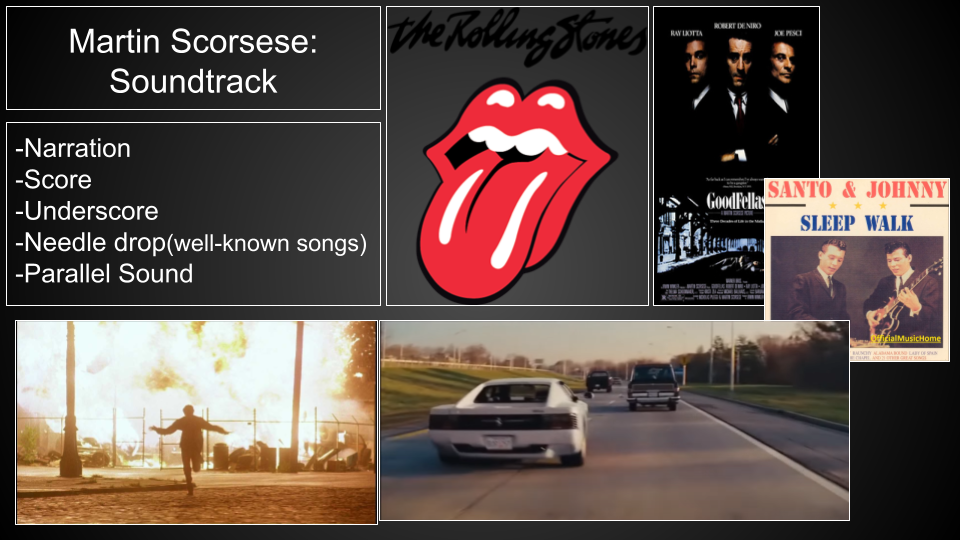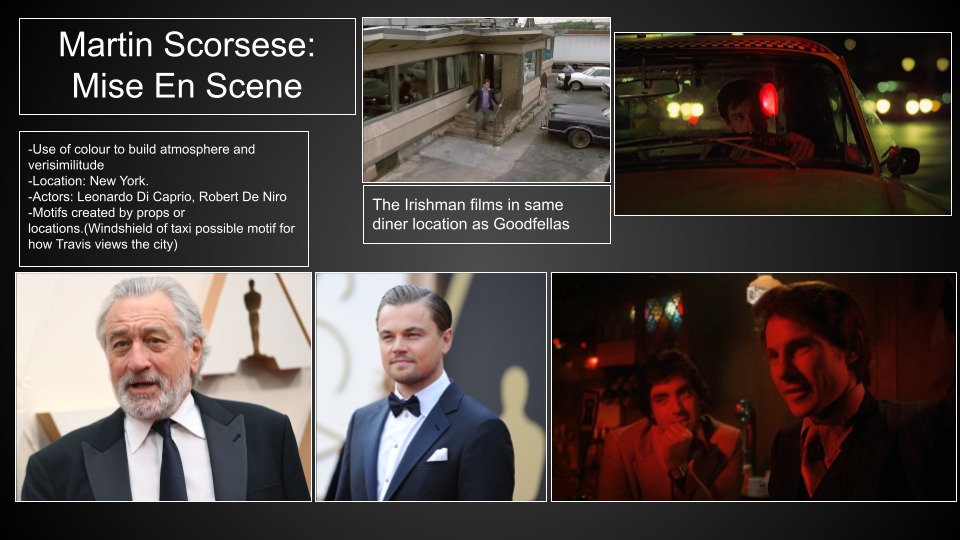Buster Keaton – was an American actor, comedian and filmmaker. He is best known for his silent films, in which his trademark was physical comedy with a consistently stoic, deadpan expression that earned him the nickname “The Great Stone Face”.
famous movie – The General (1927)
Charlie Chaplin – was an English comic actor, filmmaker, and composer who rose to fame in the era of silent film. He became a worldwide icon through his screen persona, the Tramp, and is considered one of the most important figures in the history of the film industry.
famous movie – The Great Dictator (1940)
Harold Lloyd was an American actor, comedian, and stunt performer who appeared in many silent comedy films. Lloyd is considered alongside Charlie Chaplin and Buster Keaton as one of the most influential film comedians of the silent film era.
famous movie – The King of Daredevil Comedy (1936)



